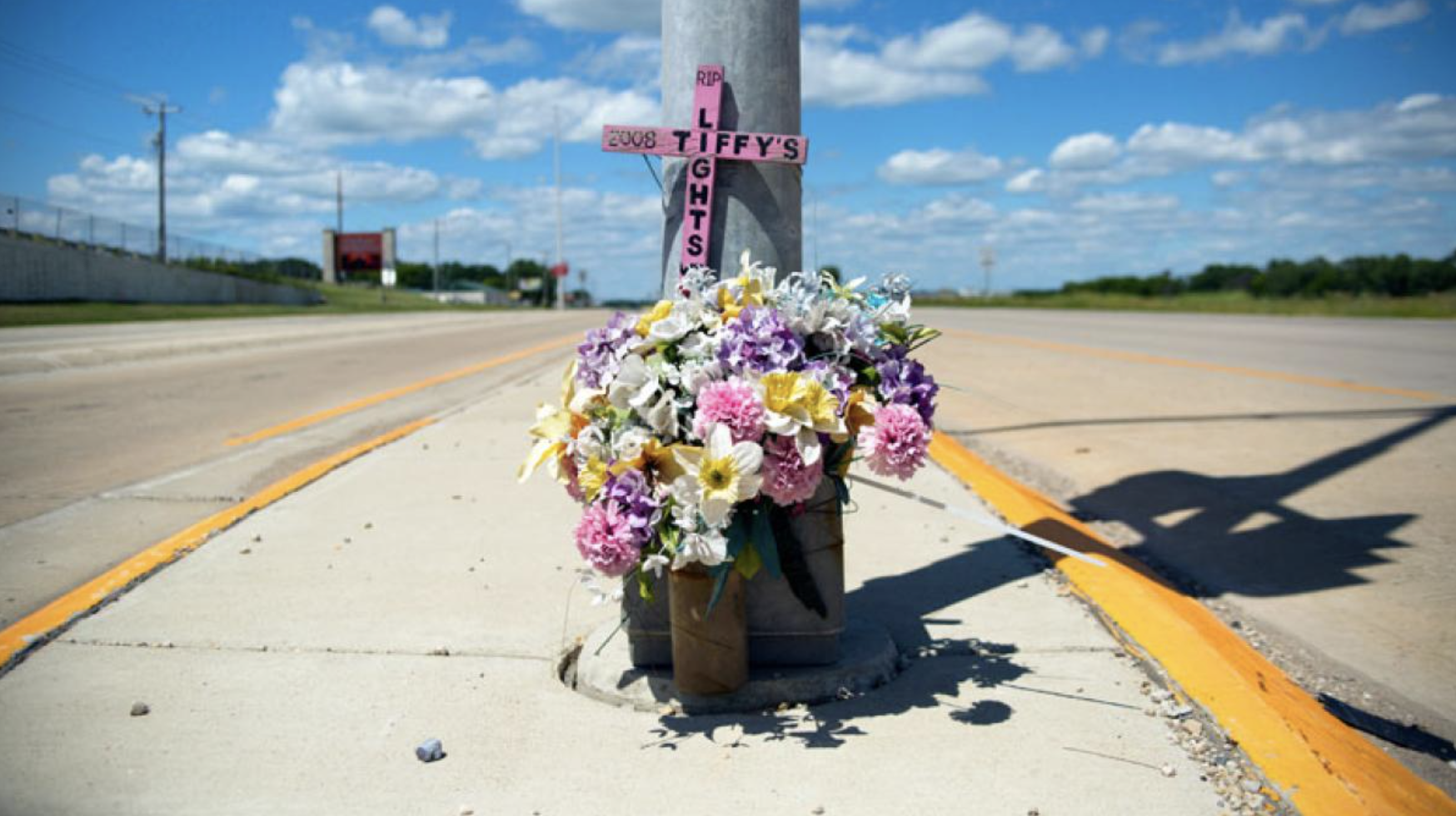Down This Lonely Road
Car overdependence and American isolation

Loneliness has been producing a lot of talk and ink, particularly in the wake of U.S. Surgeon General Vivek Murthy’s report, “Our Epidemic of Loneliness and Isolation.” The report outlined how declines in social and community engagement are increasing loneliness to the detriment of Americans’ individual and collective health and safety.
Pundits have pointed to a range of causes and a variety of solutions, with the balance arguing for a return to practices of a past in which people experienced more social connection. Some look to before the pandemic, when a greater number worked in offices and gathered in public places; others farther back, before social media moved much interaction online; others farther still, to a perceived golden age of family, community, and national cohesion misted by nostalgia. While some point to the need for broader change, many call for individual responses.
An accumulation of factors have brought us to this moment when loneliness can be legitimately labeled an urgent public health issue. One stands out for not standing out, garnering brief mentions in Murthy’s report and little notice in the following coverage or commentary. It’s our car-centric transportation system.
Transportation is needed to bring people together. By some measures it might seem the US boasts tremendous personal mobility and connective ability: With over 4 million miles of roads and nearly 620,000 bridges, as many as 2 billion parking spaces, and roughly 276 million passenger vehicles, the US is a nation more heavily populated by cars than by people able to drive them.
But a paradox of our system is that while the dominant form of transportation—the passenger vehicle—can bring us together, it has played a key role in driving us apart.
The car encouraged the suburban and exurban sprawl that put distances between work and home and between neighbors, family members, and friends that can usually only be spanned by cars. And when Americans get behind the wheel, they tend to be alone: most workers commute by car and do so solo.
Car-centric urban planning expands distances within towns and cities as well, making it more difficult to get around — think about the long blocks of parking garages or lots that separate many city office buildings or the treacherous multi-lane roads between suburban shopping centers. Chronic underfunding of transit and neglect of active transportation options discourages their use. The upshot: only a minority across the nation walk, bike, carpool, or take transit to work or shop, where they have a greater likelihood of interacting in small, positive ways with other people.

The Americans most at risk from loneliness, the surgeon general’s report explains, are “people with poor physical or mental health, disabilities, financial insecurity, those who live alone, single parents, as well as younger and older populations.” These are the same populations which tend to be ill-served by a car-centric system.
Older adults who wish to age in place in remote communities and areas with poor public transit can find themselves stranded when they are no longer able to drive. Young people can struggle as the average cost of buying and owning a car, whether new or used, has continued to climb. The financially insecure are subject to higher insurance and loan costs and are vulnerable to predatory lenders. More single parents are women, who pay higher costs of car ownership in a “pink tax.” Landscapes built for cars and inadequate public transit harms the many with disabilities who “can’t drive, or can’t afford to.”
The physical isolation that can result from living in a car-centric system can be compounded by distrust and fear. In a piece for Bloomberg, professor of urban studies Richard Florida highlights how the car’s historic role in suburban white flight continues to generate geographic, economic, and political separation and conflict. “America is an increasingly polarized and politically divided nation,” he argues, “and the car both reflects and reinforces those divisions.”
One way to look at it: cultural philosopher Lieven De Cauter has described cars as “capsules” that people have come to rely on to move in isolation from one contained space to another: from office park to gated community, from mall to cul-de-sac. To De Cauter, this “capsular civilization” is characterized by hyperindividualism and fear.
Of course, as a key cause of injury and death, cars generate warranted fear—fear that can stimulate yet more driving. Angie Schmitt reflected in a recent piece for The Atlantic on the madness of the school car line. Traffic around schools has ballooned with a decades-long decline in walking and biking to school; this has unsurprisingly had a snowball effect as access has become more dangerous for pedestrians and cyclists. Today, more than half of US children are accustomed to getting to and from school without the company of friends or neighbors.
And being on roads or in cars, because they have developed into a locus of policing, is a fearful activity for the many—particularly people of color and residents of lower-income areas—who have been subject to fines, harassment, and violence. As Jack McCordick put it recently in The New Republic, “Look under the hood of many of the past decade’s spectacular instances of police violence, and there’s a high chance you’ll find a car and its attendant law enforcement prerogatives.”

Then there is the common, daily emotional experience of drivers. While all modes of transportation can cause feelings of vulnerability, cars physically separate us from other people, making it harder to be in and feel in community with them. Driving creates the sense that other people are not fellow travelers but obstacles, frustrations, or threats.
Sociologist Jack Katz found a kind of merger of identities occurs between car and driver; when other cars slow the progress of the “automobilized person,” it is experienced as constraint or loss of control. Research has linked traffic congestion with “violence, conflict, and intra-individual friction” and shown that drivers tend to believe that other drivers, rather than their own driving or vehicle or the very nature of driving, are what put them and their passengers at risk on the road.

Automakers have been tapping into fear and distrust for decades. When we spoke for Carjacked, Ford’s Global Consumer Trends and Futuring Manager described how rising fear of crime and terrorism and growing distrust of institutions was making more Americans feel it was “incumbent on the individual to take care of themselves.” Convincing buyers that vehicles are safe spaces and that their make and model provides safety in a dangerous world became very profitable: Now, 8 out of 10 American vehicles are higher-margin SUVs and trucks, many of them massive and intentionally aggressive-looking.
From the Surgeon General’s report: “Several examples of harms include technology that displaces in-person engagement, monopolizes our attention, reduces the quality of our interactions, and…can lead to greater loneliness, fear of missing out, conflict, and reduced social connection.” This description of the consequences of individual overreliance of cell phones also applies to systemic overdependence on the car.
So it’s inadequate to instruct the lonely that they should go back to offices, make plans with friends, or join groups and volunteer without addressing how they are going to get there. Rebalancing our transportation mix and pursuing transportation affordability and equity are essential to the project of increasing social connection. While it can seem an awesome undertaking, small local steps, like pedestrian zones and car-free streets, provide hope. The road to wellness has a lot more people on it.



